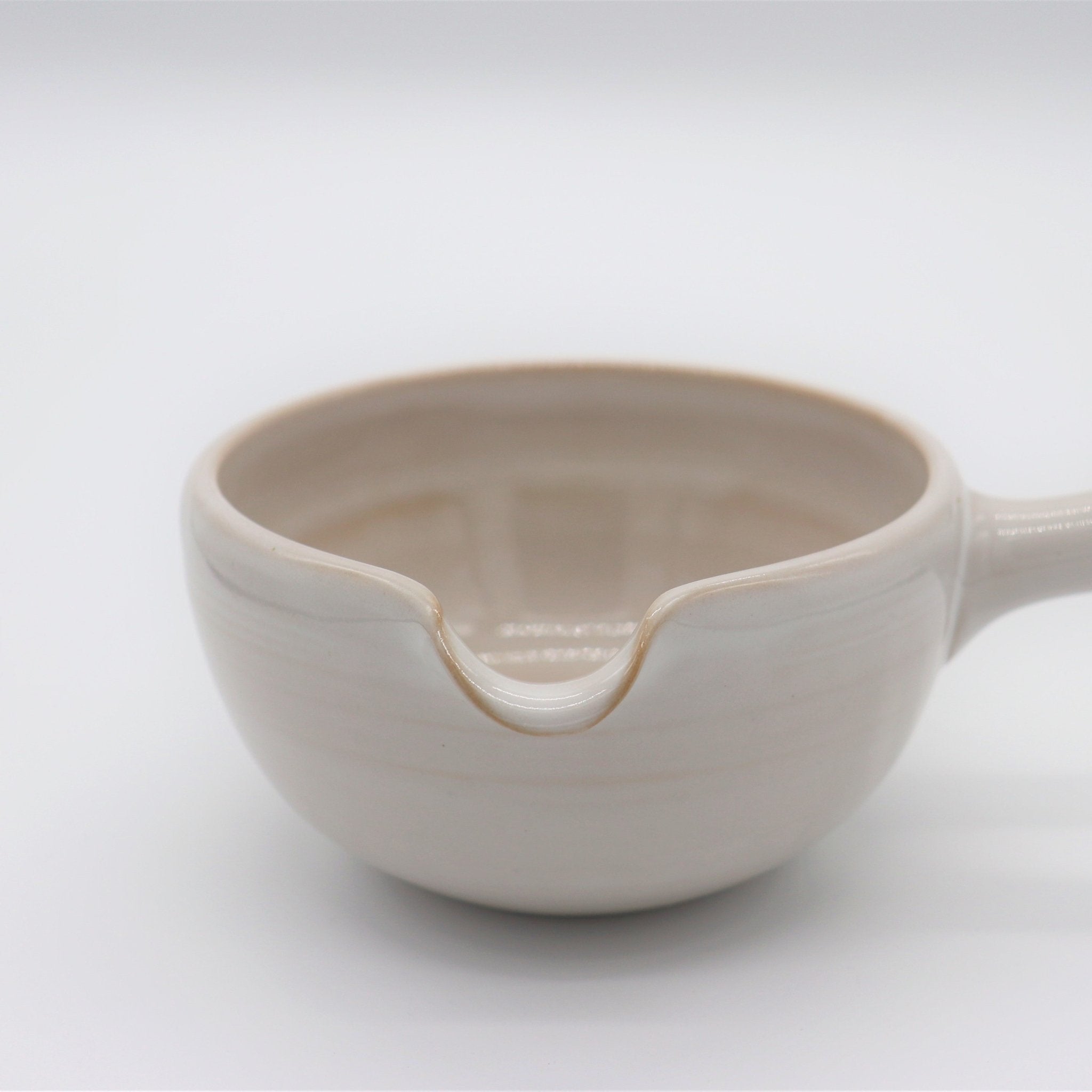




FAQs
1.How should I take care of bamboo tools?
Wash with water well, do not use a dishwasher or detergent. Dry in a well-ventilated place out of direct sunlight, then store in a cool, dark place.
2.How should I take care of Matcha bowl?
Do not use cleanser. Clean the stain with warm water and a cloth. Old or thin teacups are fragile, so do not apply too much pressure.
3.How should I take care of Ceramic tea pot?
Basically, wash with water. Do not use cleanser. If tea leaves are left in the tea strainer, you can use a soft toothbrush to clean it.
4.Do I need to pay for import taxes and other fees?
Taxes are not charged by us, but by the shipping company at the time the package is delivered to the buyer.






